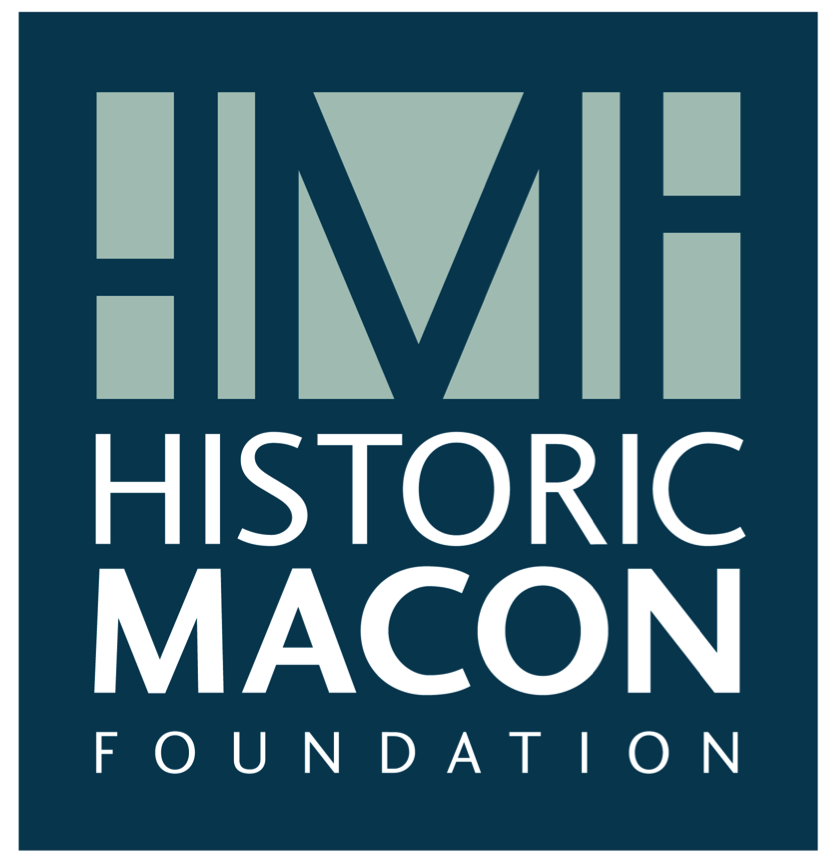If you’ve seen the movie “Green Book,” you perked up when the film showed pianist Donald Shirley stopping in Macon during a concert tour of the Deep South in 1962.
Wow. Aren’t those beautiful shots of the Grand Opera House, you sat there thinking. Wish I had known when the film crew was in town. Maybe I could have caught a glimpse of Mahershala Ali or his co-star, Viggo Mortensen, who played Tony Vallelonga, Shirley’s driver and bodyguard during the tour.
The thing is, that brief performance scene was filmed at The Orpheum Theater in New Orleans, where the film made its local premiere during the 2018 New Orleans Film Festival. (Which created an odd moment for festival-goers, who watched the movie on a screen set up on the same stage where Ali’s character was performing in the movie.)
But we digress. The faux Grand Opera House scene did make us wonder, though, if there were any real connections to Macon associated with the “Green Book,” which was actually known as “The Negro Motorist Green Book” when it was first published in 1936. And the answer is yes.
The guidebook, written by postal worker Victor Hugo Green, helped black travelers find motels, restaurants, filling stations and more that were safe or even welcoming for them on the road during the Jim Crow South. As Green explained, the guide was meant “to give the Negro traveler information that will keep him from running into difficulties (or) embarrassments and to make his trip more enjoyable.” And maybe avoid injury — or worse — in so-called “sundown towns,” which banned the presence of black people after dark.
Early on, there were four main categories in the guide: hotels, motels, “tourist homes” (private residences) and restaurants. The listings were arranged by state and subdivided by city. They gave the name and address of each home or business. (For an extra payment, businesses could have their listing in bold type or have a star next to it. That meant they were “recommended.”
In the 1938 guide, two hotels and four homes were listed under the Macon heading, according to a copy of the guide in the New York Public Library’s digital collection:
— Douglass Hotel, 361 Broadway. (Yes, Charles Douglass founded this hotel in 1908, four years before the Douglass Theatre was built.)
— Richmond Hotel, 319 Broadway.
— Mrs. M. Clemons, 104 Spring St.
— Mrs. E.C. Moore, 122 Spring St.
— Mrs. F.W. Henndon, 139 First Ave.
— Mrs. C.A. Monroe, 108 Spring St.
As the guide grew, with more and more information provided to Green, the number — and types — of locales increased. In time you could find beauty salons, nightclubs and country clubs.
By 1949, the Douglass and Richmond hotels still were listed, as well as the homes of Moore and Henndon. But there were also four restaurants: Mable’s on Main Street; Red Front, 417 Wall St.; Jean’s, 429 Cotton Ave.; and West Side, 961 Dempsey Ave. You also found a service station (Anderson’s at Pursley and Pond streets) and two tailors (Huschel’s, 264 Broadway; and Community, 550 Third Ave.) And there were four beauty parlors: Marquiata, 554 New St.; La Bonita, 455 Cotton Ave.; Carrie’s, 133 Forest Ave.; and Lula Life, 425 E. Second St.
“If you’re traveling you don’t have to worry about accommodations — whether this place will take you in or that place will sell you food. That is if you’re white and gentile. If you’re not, you have to travel a careful route like seeking oases in a desert,” an ad in that edition said.
The 1966-67 edition — Green’s last — contained just four listings for Macon: the Douglass and Richmond hotels; Mabell’s Place, 247 Fifth St. (“Home Cooked Meals — Best in Town)”; and Jean’s Restaurant, which apparently had moved to 545 Cotton Ave. By then, the landmark Civil Rights Act — which outlawed discrimination based on race, color, religion, sex or national origin — had been the law of the land for almost three years. That made the travel guide less and less necessary.
Sadly, many of the homes and buildings in the guide are gone now, victims of change, expansion or “progress.” And that’s not counting such losses as Tremont Temple Baptist Church and the historic Douglass House, two notable structures in the black community that were torn down in 2014 to make room for new development.
In recent years, Macon residents have banded together to preserve, revitalize and celebrate the Cotton Avenue District, long known as downtown’s black business district. The Cotton Avenue Coalition is trying to gain historic district status for the avenue, which would halt such demolition.
We also think of gems across the city that have been close to the wrecking ball, including the Douglass Theatre, which closed in 1972 before reopening to renewed splendor in 1997, and yes, even the Grand Opera House, which was saved from demolition nearly 50 years ago for more downtown parking.
And then there’s the little yellow cottage that used to sit on Fifth Street. To some folks, it was just an old ramshakle house. But it was the childhood home of one “Little Richard” Penniman. It was saved, and it has been renovated and relocated to Craft Street, where it will be a resource center for the Pleasant Hill neighborhood.
All of this is why the Historic Macon Foundation has taken the lead and bolstered its oversight of such historic structures. Its Fading Five program began in 2015, spurred by the Tremont Temple and Douglass losses. Among its aims is to advocate for an inclusive approach to preservation.
We couldn’t help but call to mind Otis Redding’s cover of an old William Bell song that says in part: “You don’t miss your water till your well runs dry.”




